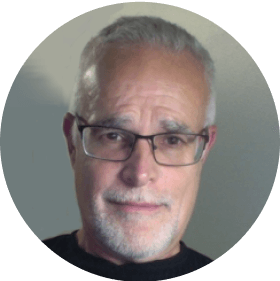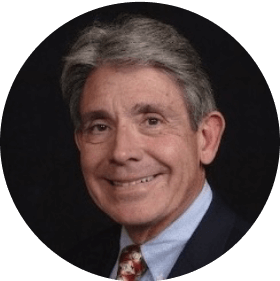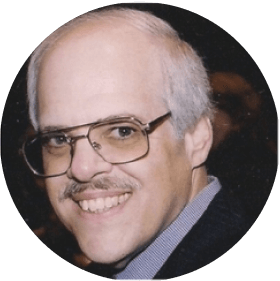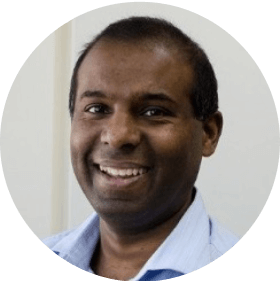Agile 2
Agile 2 defines a broad range of agility-promoting behaviors. Unlike the many “Agile frameworks”, Agile 2 is about behavior, culture, and knowledge. Knowing what behaviors predominate in your organization is essential for understanding how agile you really are, and what might need to change, at the levels of culture, behavior, and knowledge.
Created by:

What is Agile 2?
Agile 2 is a thoughtful reimagining of Agile. It was created by a global group of 15 highly experienced and diverse practitioners. Their fields of expertise were:
Leadership
Organization Change
Behavioral Psychology
Lean Product Design
Human Resources and PeopleOps
Engineering
Programming, DevOps
Program Management (in both an Agile and traditional context
Professional Coaching
Agile
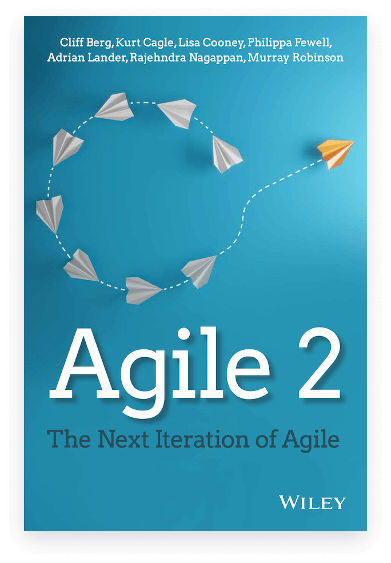
The Source of Agility
Organizational agility is the ability to quickly respond to problems and changing circumstances. This manifests as how people behave when unexpected events occur: new information that contradicts assumptions, unexpected issues or problems, or new opportunities. Do people react quickly? Do just the right people gather, have robust and inclusive discussions, and quickly decide and implement a course of action? These behaviors are not a process: they are ad hoc - they are what Spotify calls “controlled chaos”. It looks like chaos from the outside, but it is anything but. It is spontaneous and orchestrated by individual contributors and leaders in the moment.
The behaviors that create agility need to be supported by the organization's culture: how people are expected to behave by senior managers. People behave in the ways that are expected of them. They also need to have knowledge of solution patterns for solving problems: if they only know PMP methods, they will use those; if they know Lean and Flow approaches they will use those.
Sample Questions
Leadership
Senior leaders get the right people together to resolve cross-functional issues that go beyond the individual or team level.
Product Design
We actively collect and use customer data or feedback from customers to improve product features.
People
Within product development teams, specialists and generalists are valued and treated as equals.
Technical and Business Fluency
Our technical leaders genuinely understand our business.
Planning and Transformation
We validate new ideas through small experiments whenever possible.
Flow
We adjust how we work in order to improve security, for example by reviewing trends over time in our product security incident rate.
Top Features
Leverage the Agile 2 model for agility-promoting behaviors.
Give your people a voice - and allow them to express where you can do the most good for your organization.
Gain insights expeditiously - the results provide “smoking guns” for problem areas.
Using our analysis guide, the results are easily matched to the impact on things like agility and quality.
